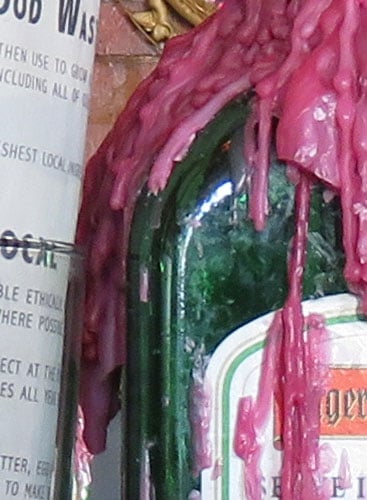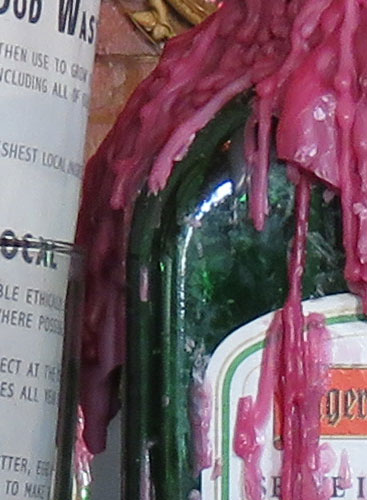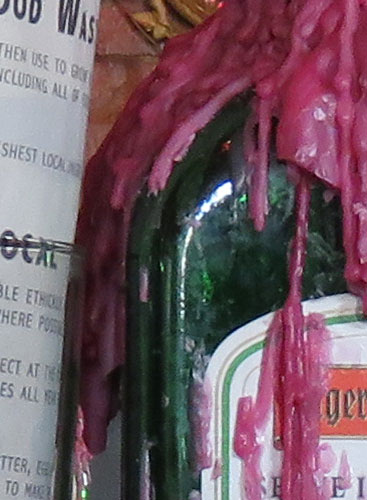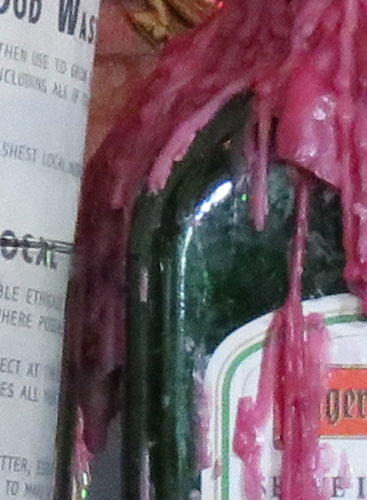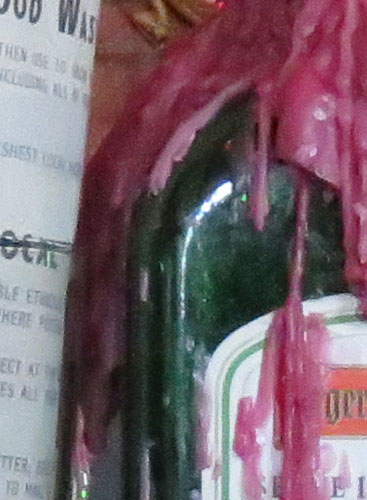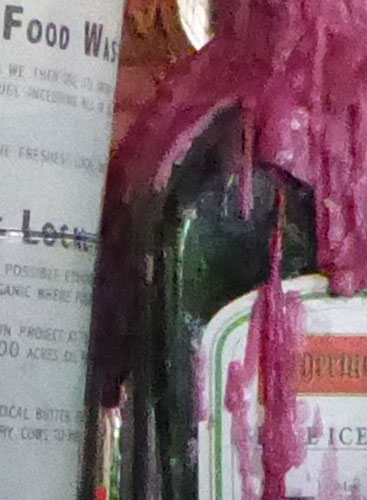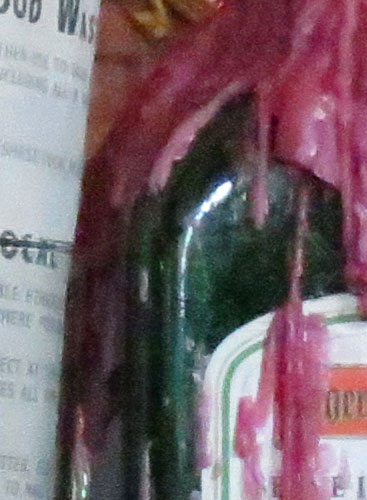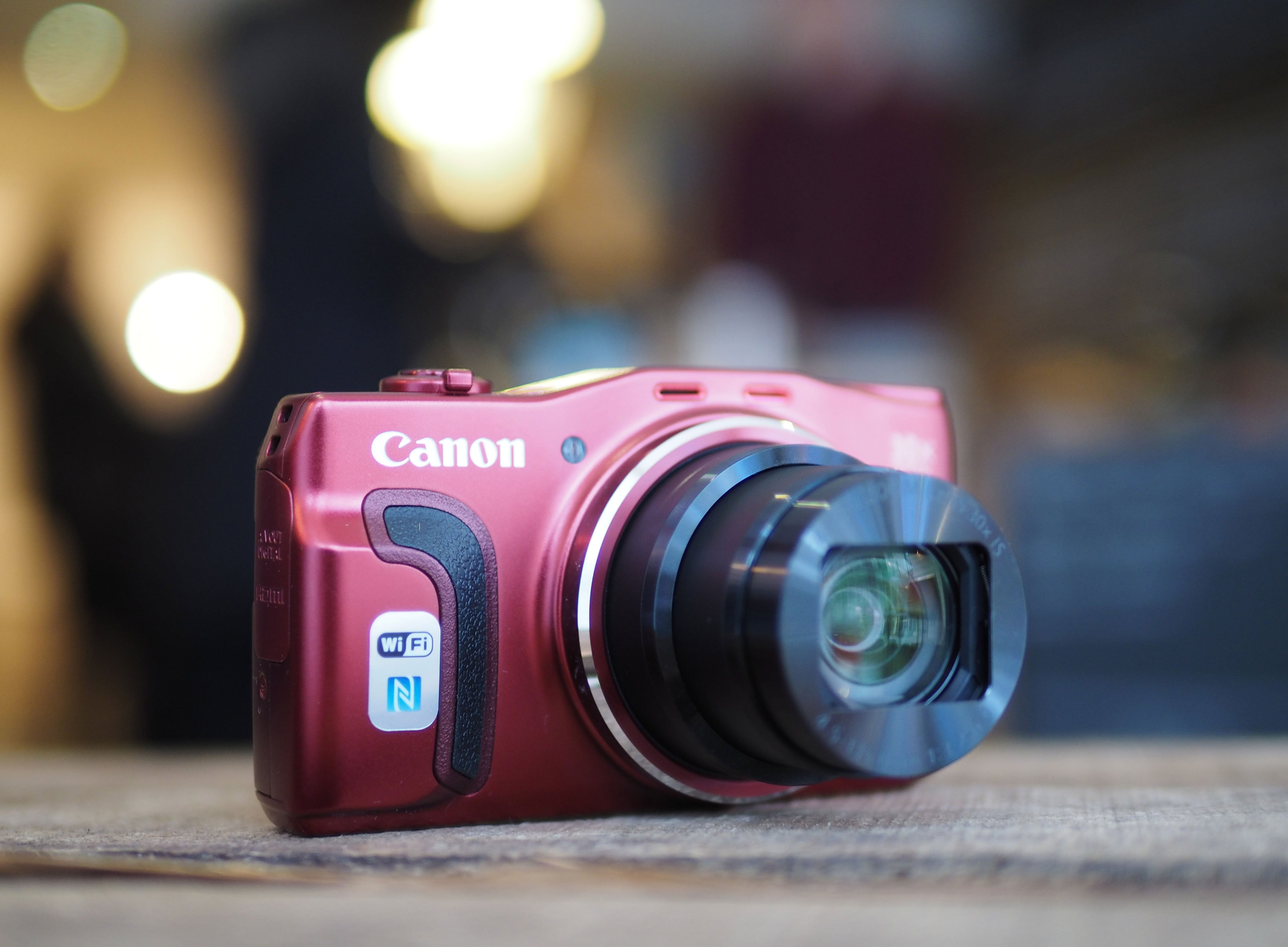
Canon PowerShot SX710 HS review
-
-
Written by Gordon Laing
Quality
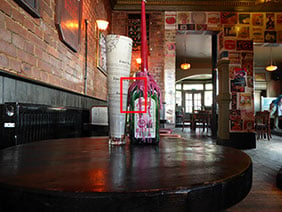 Panasonic Lumix TZ70 ZS50 vs Canon PowerShot SX710 HS noise To compare noise levels under real-life conditions, I shot this scene with the Panasonic Lumix TZ70 ZS50 and the Canon PowerShot SX710 HS at each of their ISO settings. Both cameras were set to f4 in Aperture Priority and the Canon positioned fractionally further to match the field of view with both at their widest focal lengths.When I tested the previous generation of each camera, I started by comparing them at a variety of focal lengths to test the optics. Since both share exactly the same lenses, I’ll refer you to my SX700 HS results if you’d like to see how they compare in this regard as nothing’s changed. What’s different this time are the sensors behind the lenses, for which a run through the ISO range is most revealing.For the comparison below I set both cameras to f4 in Aperture Priority and applied a little exposure compensation in order to match the shutter speeds at each ISO value. So the results below are directly comparable for each ISO value, and since the brightness on each image is similar, I’d say they share similar actual sensitivities.In the left column you can see the Panasonic Lumix TZ70 / ZS50, which now has 12 Megapixels compared to 18 on its predecessor, and in the right column you can see the Canon PowerShot SX710 HS which has 20 Megapixels compared to the 16 of its predecessor. So the interesting thing here is on their 2014 models, Panasonic went for a higher resolution than Canon, but now in 2015 their positions have reversed with Canon going high and Panasonic going low. The difference in resolution has also become greater, from 2 Megapixels in 2014 to 6 Megapixels in 2015. It’s an interesting turnaround in strategies for both companies, so let’s see what happens in practice.As you’d expect, at the lowest sensitivities, the Canon PowerShot SX710 HS delivers greater detail, although not by a huge margin. By 200 ISO though, noise and the impact of noise reduction is becoming more apparent, and at 400 and 800 ISO there’s significant degradation in the image quality when viewed at 1:1.Meanwhile the Lumix TZ70 / ZS50 starts off with a little less detail but keeps hold of it for longer. So while there’s definitely visible noise at 400 ISO and up, its less detrimental to the quality than the Canon SX710 HS.Of course the higher resolution of the Canon means you can always down-sample the images down to the same as the Panasonic and make any artefacts smaller in the process. While this does reduce the speckle size, there’s no getting away from the fact the Canon has lost a lot of tonal detail above 400 ISO which can’t be retrieved or glossed-over.So for the first time in years, I’d say the Lumix pocket super-zoom actually has the edge in noise over the Canon. Certainly I’d say the TZ70 / ZS50 represents a step-up from the earlier TZ60 / ZS40 in this regard, which is good news for Panasonic. That said, by adopting Sony’s strategy of packing the pixels-in, Canon’s SX710 HS can deliver slightly greater detail in good light so it ultimately depends on where and how you intend to use the camera. The TZ70 / ZS50 also enjoys another benefit over the Canon, not to mention other rivals: the ability to record images in the RAW format. While this won’t unlock better quality necessarily, it does give you much greater control over how images are processed, including of course the sharpening and noise reduction.
|

